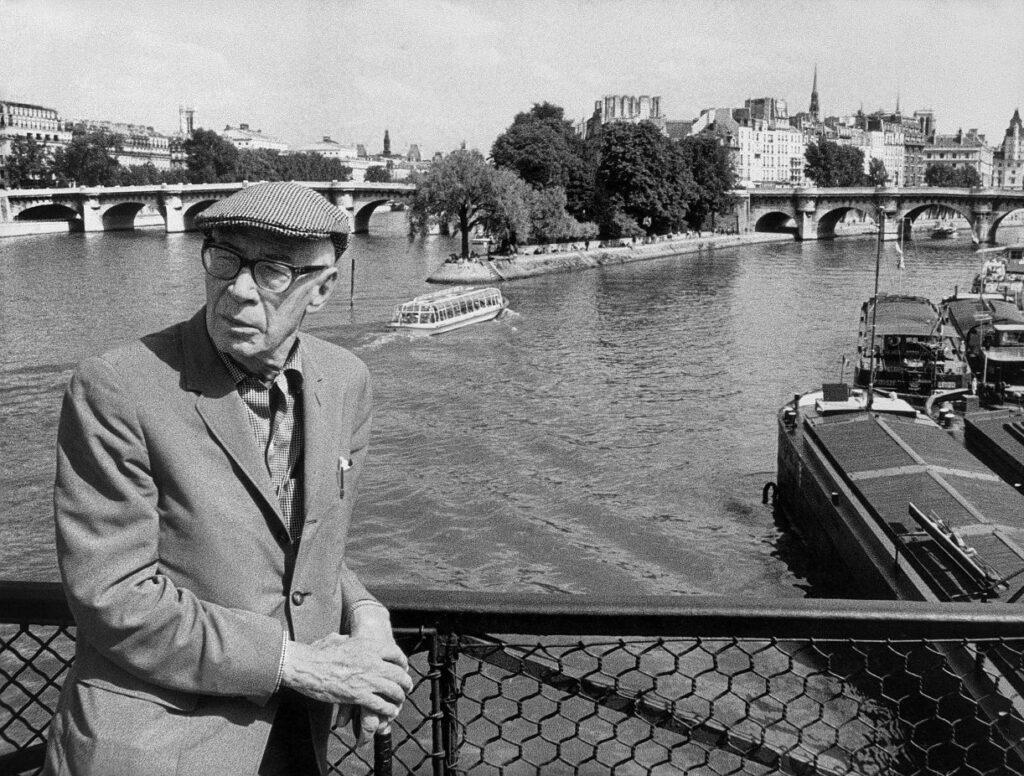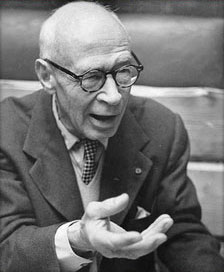The Wisdom of the Heart (Story), Henry Miller

EVERY BOOK by an analyst gives us, in addition to the philosophy underlying his therapeutic, a glimpse into the nature of the analyst’s own problem vis-à-vis life.
The very fact of writing a book, indeed, is a recognition on the part of the analyst of the falsity of the patient-versus-analyst situation.
In attempting, through the educative method, to enlarge his field of influence, the analyst is tacitly informing us of his desire to relinquish the unnecessary role of healer which has been thrust upon him.
Though in fact he repeats every day to his patients the truth that they must heal themselves, actually what happens is that the list of patients grows with terrifying rapidity, so that sometimes the healer is obliged to seek another healer himself.
Some analysts are just as pitiful and harassed specimens of humanity as the patients who come to them for relief. Many of them have confused the legitimate acceptance of a role with immolation, or vain sacrifice.
Instead of exposing the secret of health and balance by example, they elect to adopt the lazier course, usually a disastrous one, of transmitting the secret to their patients. Instead of remaining human, they seek to cure and convert, to become life-giving saviors, only to find in the end that they have crucified themselves.
If Christ died on the cross to inculcate the notion of sacrifice, it was to give significance to this inherent law of life, and not to have men follow his example. “Crucifixion is the law of life,” says Howe, and it is true, but it must be understood symbolically, not literally.
Throughout his books* it is the indirect or Oriental way of life which he stresses, and this attitude, it may also be said, is that of art. The art of living is based on rhythm, on give and take, ebb and flow, light and dark, life and death.
By acceptance of all the aspects of life, good and bad, right and wrong, yours and mine, the static, defensive life, which is what most people are cursed with, is converted into a dance, “the dance of life,” as Havelock Ellis called it. The real function of the dance is—metamorphosis.
One can dance to sorrow or to joy; one can even dance abstractly, as Helba Huara proved to the world. But the point is that, by the mere act of dancing, the elements which compose it are transformed; the dance is an end in itself, just like life.
The acceptance of the situation, any situation, brings about a flow, a rhythmic impulse towards self-expression. To relax is, of course, the first thing a dancer has to learn. It is also the first thing a patient has to learn when he confronts the analyst. It is the first thing any one has to learn in order to live.
It is extremely difficult, because it means surrender, full surrender. Howe’s whole point of view is based on this simple, yet revolutionary idea of full and unequivocal surrender. It is the religious view of life: the positive acceptance of pain, suffering, defeat, misfortune, and so on. It is the long way round, which has always proved to be the shortest way after all.
It means the assimilation of experience, fulfillment through obedience and discipline: the curved span of time through natural growth rather than the speedy, disastrous short-cut. This is the path of wisdom, and the one that must be taken eventually, because all the others only lead to it.
Few books dealing with wisdom—or shall I say, the art of living?—are so studded with profundities as these three books. The professional thinker is apt to look at them askance because of the utter simplicity of the author’s statements. Unlike the analyst, the professional thinker seldom enjoys the opportunity of seeing his theories put to the test.
With the analyst thinking is always vital, as well as an every-day affair. He is being put to the test every moment of his life. In the present case we are dealing with a man for whom writing is a stolen luxury, a fact which could be highly instructive to many writers who spend hours trying to squeeze out a thought.
Howe looks at the world as it is now, this moment. He sees it very much as he would a patient coming to him for treatment. “The truth is, we are sick,” he says, and not only that, but—“we are sick of being sick.” If there is something wrong, he infers, it is not a something which can be driven out with a stick, or a bayonet.
The remedy is metaphysically achieved, not therapeutically: the cure does not lie in finding a cause and rooting it out. “It is as if we change the map of life itself by changing our attitude towards it,” says Howe. This is an eternal sort of gymnastics, known to all wise men, which lies at the very root of metaphysics.
Life, as we all know, is conflict, and man, being part of life, is himself an expression of conflict. If he recognizes the fact and accepts it, he is apt, despite the conflict, to know peace and to enjoy it. But to arrive at this end, which is only a beginning (for we haven’t begun to live yet!), man has got to learn the doctrine of acceptance, that is, of unconditional surrender, which is love.
And here I must say that I think the author goes beyond any theory of life yet enunciated by the analysts; here he reveals himself as something more than a healer, reveals himself as an artist of life, a man capable of choosing the most perilous course in the certitude of faith. Faith in life, let me quickly add—a faith free and flexible, equal to any emergency and broad enough to include death, as well as other so-called evils.
For in this broad and balanced view of life death appears neither as “the last enemy” nor the “end”; if the healer has a role, as he points out, it is “to play the part of gynaecologist to death.” (For further delectation the reader might see the Tibetan Book of the Dead.)
The whole fourth-dimensional view of reality, which is Howe’s metaphysic, hinges on this understanding of acceptance. The fourth element is Time, which is another way, as Goethe so well knew, of saying—growth.
As a seed grows in the natural course of time, so the world grows, and so it dies, and so it is reborn again. This is the very antithesis of the current notion of “progress,” in which are bound up the evil dragons of will, purpose, goal and struggle—or rather, they are not bound up, but unleashed.
Progress, according to the Westerner, means a straight line through impenetrable barriers, creating difficulties and obstacles all along the line, and thus defeating itself. Howe’s idea is the Oriental one, made familiar to us through the art of jujitsu, wherein the obstacle itself is made into an aid.
The method is as applicable to what we call disease, or death or evil, as it is to a bullying adversary. The secret of it lies in the recognition that force can be directed as well as feared—more, that everything can be converted to good or evil, profit or loss, according to one’s attitude. In his present fearsome state man seems to have but one attitude, escape, wherein he is fixed as in a nightmare.
Not only does he refuse to accept his fears, but worse, he fears his fears. Everything seems infinitely worse than it is, says Howe, “just because we are trying to escape.” This is the very Paradise of Neurosis, a glue of fear and anxiety in which, unless we are willing to rescue ourselves, we may stick forever.
To imagine that we are going to be saved by outside intervention, whether in the shape of an analyst, a dictator, a savior, or even God, is sheer folly. There are not enough lifeboats to go around, and anyway, as the author points out, what is needed more than lifeboats is lighthouses. A fuller, clearer vision—not more safety appliances!
Many influences, of astounding variety, have contributed to shape this philosophy of life which, unlike most philosophies, takes its stance in life, and not in a system of thought. His view embraces conflicting world-views; there is room in it to include all of Whitman, Emerson, Thoreau, as well as Taoism, Zen Buddhism, astrology, occultism, and so forth.
It is a thoroughly religious view of life, in that it recognizes “the supremacy of the unseen.” Emphasis is laid on the dark side of life, on all that which is considered negative, passive, evil, feminine, mysterious, unknowable.
War Dance closes on this note—“there is nothing that it is not better to accept, even though it be the expression of our enemy’s ill-will. There is no progress other than what is, if we could let it be. . . .” This idea of let be, of non-interference, of living now in the moment, fully, with complete faith in the processes of life, which must remain ever largely unknown to us, is the cardinal aspect of his philosophy. It means evolution versus revolution, and involution as well as evolution.
It takes cognizance of insanity as well as sleep, dream and death. It does not seek to eliminate fear and anxiety, but to incorporate them in the whole plexus of man’s emotional being. It does not offer a panacea for our ills, nor a paradise beyond: it recognizes that life’s problems are fundamentally insoluble and accepts the fact graciously. It is in this full recognition and
